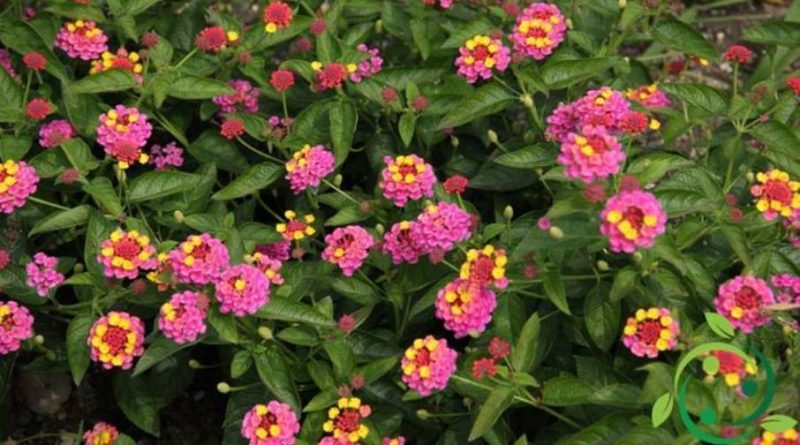How to grow Lantana
How to grow Lantana
La Lantana (L., 1753) is a genus of plants belonging to the Verbenaceae family and is an ornamental plant of easy cultivation, both in the ground and in pots; this species is used in gardens not only for ornamental purposes but above all to keep away mosquitoes and other annoying insects. In this practical sheet we see how to grow Lantana. Among the various species the Lantana camara is the most cultivated in our latitudes. It is a shrubby plant with a robust and deep root system and with an aerial part formed by tortuous and scaly branches of light brown color that are covered by hairy and bright green stinging leaves with toothed margins. On the stems, at the base of the leaf armpits, during the flowering period, blooms with corymbs are formed, composed of many small tubular flowers with very different shades of color: white, yellow, orange, red and violet. From the fruiting varieties we have oval drupes of green color that then turn red and turn black when ripe. The seeds of lantana although poisonous for humans, are a useful food for birds and rodents.
For the cultivation of lantana remember that you have to choose sunny areas and sheltered from the cold even if it tolerates the low temperatures quite well. The land on which it grows best must be soft and rich in organic matter. Even if a plant is rustic and tending to infest regular and abundant irrigations are recommended throughout the vegetative period of the plant especially in summer.
Although it is a rustic plant whose flowering is strongly linked to sun exposure, a soil rich in organic substance greatly multiplies its vegetative and flowering capacity.
Lantana is naturally multiplied by seed, but for better technique and uniformity, especially hedges, it is preferable to propagate it by cuttings. This operation takes place in the summer; in this period portions of branches about 15 cm long are taken and they are rooted in a mixture of peat and sand in equal parts, in a totally shady place. The new seedlings can be planted in the ground or in pot only in the following spring.
As for the pruning technique (to be done with sharpened and disinfected tools) of Lantana this must be done towards the end of October and in any case before the arrival of winter. The branches should be pruned about 1/3 of their length so that in the following spring the development of a dense and compact canopy is encouraged. The pruning of lantana can also be done during the period of vegetative growth, between February and March, with the same logic.
For the cultivation in pots you can of course choose the most suitable soil but above all the area that must be very sunny. For repotting it is advisable to do it every two years (with all the earthen bread) passing each time to slightly larger pots.
Among the parasites sensitive to Lantana we remember the white fly which causes the yellowing of the leaves and the consequent formation of the honeydew that predisposes it to the fumaggine. Even the powdery mildew (if grown mainly in shady and too humid areas can be a problem.If you are in colder areas and cultivated in pots the advice is to repair these in sunny environments anyway.

